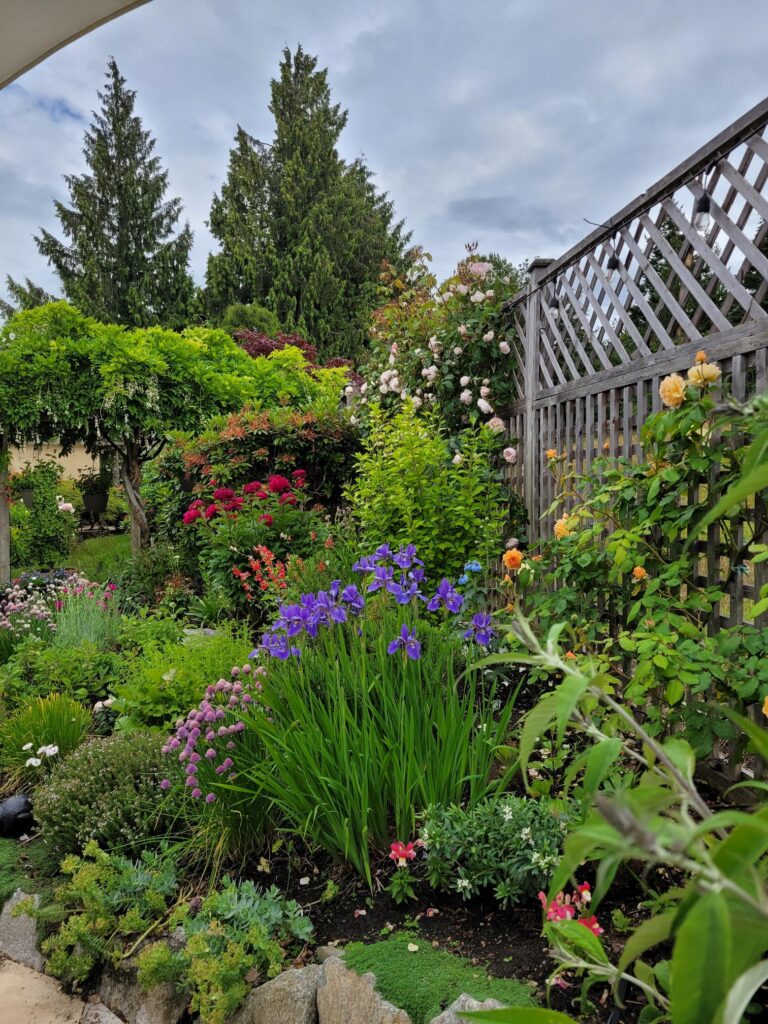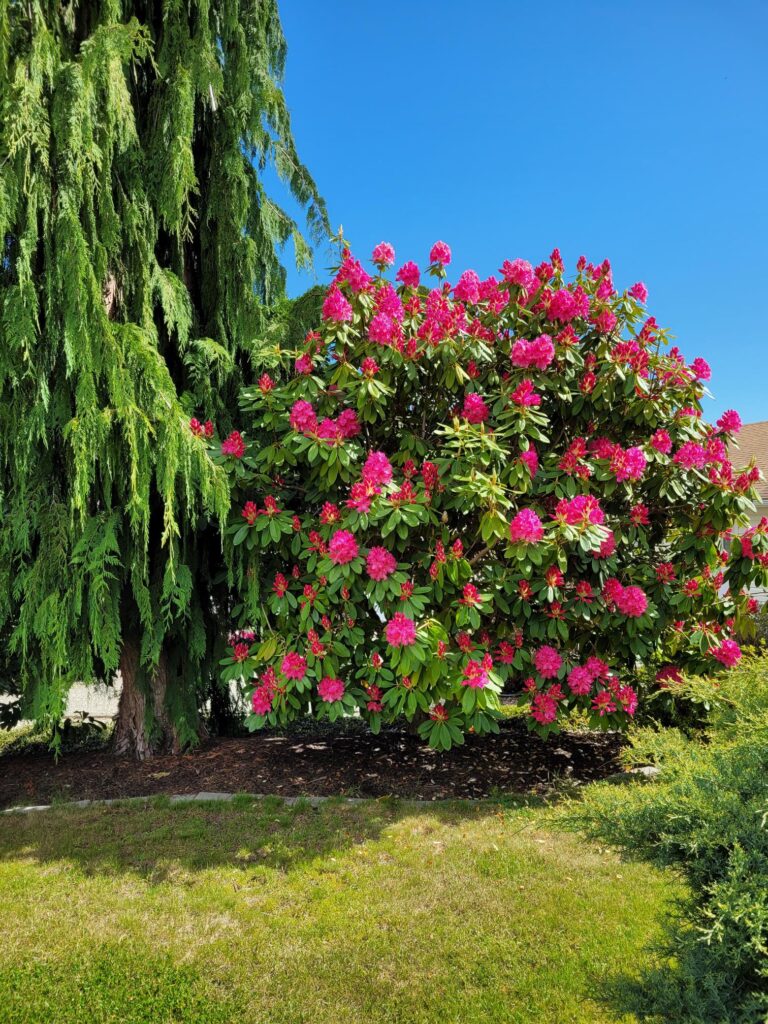Usually at this time of year I recommend book picks for the readers on your holiday gift giving list. This year, instead of trying to guess the tastes of your lucky recipients, I thought I’d tell you what I’d love to find wrapped and under my tree. Below are some fiction picks I’d be thrilled to receive.
A Way to Be Happy by Caroline Adderson. A Globe 100 Best Book of 2024 and longlisted for the 2024 Giller Prize, Adderson’s short story collection features disparate but vividly drawn characters who, in the face of inevitable challenges, must come to some sort of acceptance as they consider what it means to be happy. Short story collections are easy to dip into when time or attention spans are short, but the short story, as a literary form, is complex and surprisingly hard to write, and this latest offering from BC author Adderson is billed as touching, funny and thought-provoking.
The Leap Year Gene of Kit McKinley by Shelley Wood, another BC author. This novel, which is getting lots of buzz, traces the life of Kit McKinley who is born on leap year during WW1 and grows one year older every four years. Unnaturally slow to age, Kit and her family must keep moving to protect her secret from insatiable newshounds, Nazi scientists, doctors, and pharmaceutical companies. Billed as a race through the past century’s burgeoning understanding of genetics, eugenics, and what constitutes ‘normal,’ the novel also explores the tensions, love and sense of duty that can bind families together or split them apart.
The Women by Kristin Hannah. While this novel deals with war, a subject I go out of my way to avoid, I loved Hannah’s novel The Nightingale (set during World War 11) so much, that I’m willing to try another war novel of hers. This time, Hannah takes us back to the mid-sixties, shortly after JFK was shot in Texas, when men are being sent to Vietnam. The story focuses on nurse Frances “Frankie” McGrath, who longs for a place on her father’s “Hero’s Wall” and volunteers for service in Vietnam. Hannah says she was inspired to write the novel because of the number of female veterans who told her that their service and sacrifice had been ignored because ‘there were no women in ‘Nam.’ Her research proved the latter was absolutely not true.
Death at the Sign of the Rook by Kate Atkinson. I love a good mystery (it takes me back to those days reading Nancy Drew) and the latest Kate Atkinson (book six in the Jackson Brodie series) has all the elements: a diverse group of people come together for a lavish murder mystery weekend at Rook Hall, one of England’s finest stately homes. Throw in a snowstorm, a corpse and an art theft to solve, and you have the makings of another great Atkinson tale.
By Any Other Name by Jodi Picoult is a dual timeline novel. In one timeline, set in 1581, Picoult tells the story of Emilia Bassano who is the true author of Willliam’s Shakespeare’s plays, while the modern day second timeline features playwright Melina Green, who is an ancestor of Emilia and is having trouble getting her plays produced . . . until she submits one under a different name. Meticulously researched with detailed endnotes to support her theme, Picoult apparently provides compelling evidence and thought-provoking ideas on Shakespeare’s true authorship, while also exploring how two women who lived five centuries apart are forced to write under male pseudonyms in order to be taken seriously and make their voices heard. It may not be a light read but it sounds like a worthwhile one.
The Love Elixir of Augusta Stern by Lynda Cohen Loigman. About to turn eighty, newly retired (and not by choice!) pharmacist Augusta Stern is adrift. When she relocates to an active senior community in Florida, she unexpectedly bumps into Irving Rivkin, the delivery boy from her father’s pharmacy, and the man who broke her heart sixty years earlier. Also a dual timeline novel, this story switches between 1920s Brooklyn – the Prohibition era, the gangs, the importance of pharmacists and the role of a traditional pharmacy, and the challenges young Augusta faces in choosing her career – and 1987 Florida where Augusta faces a challenge of a different kind: avoiding Irving Rivkin at all costs. This ode to second chances has been touted by multiple readers as being sweet, funny and uplifting . . . and I think we can all use a bit of uplift these days.
I’ll be back next week with some non-fiction picks I’d love to receive this holiday season. Stop by and tell me what’s on your reading wish list.












Comments